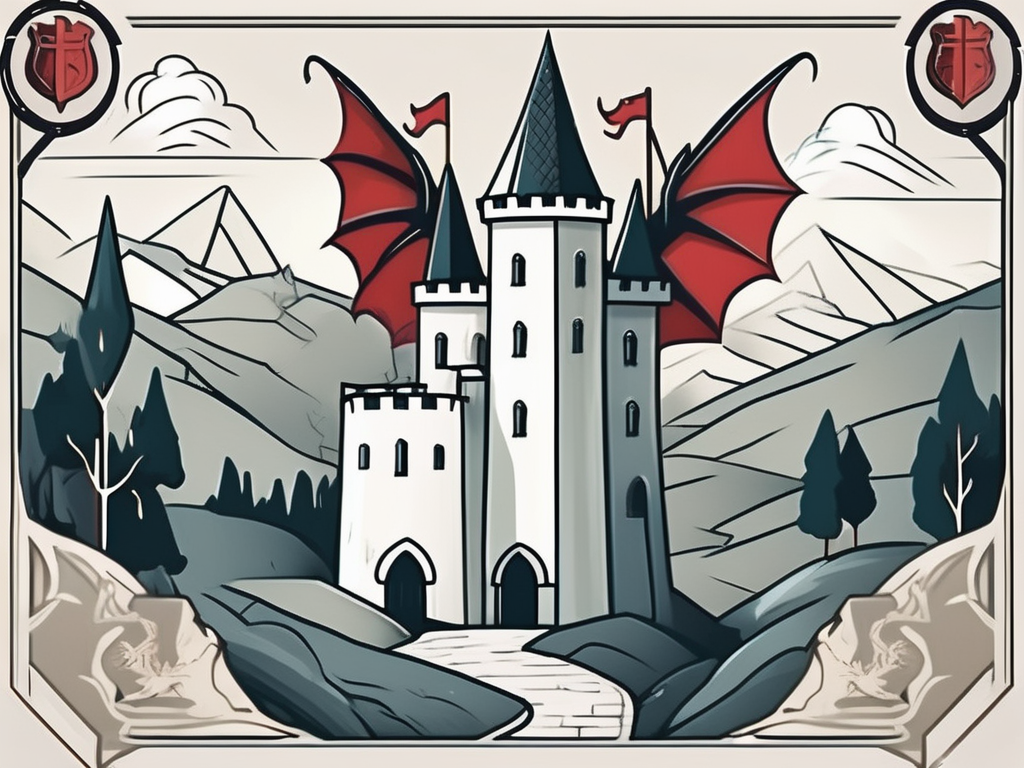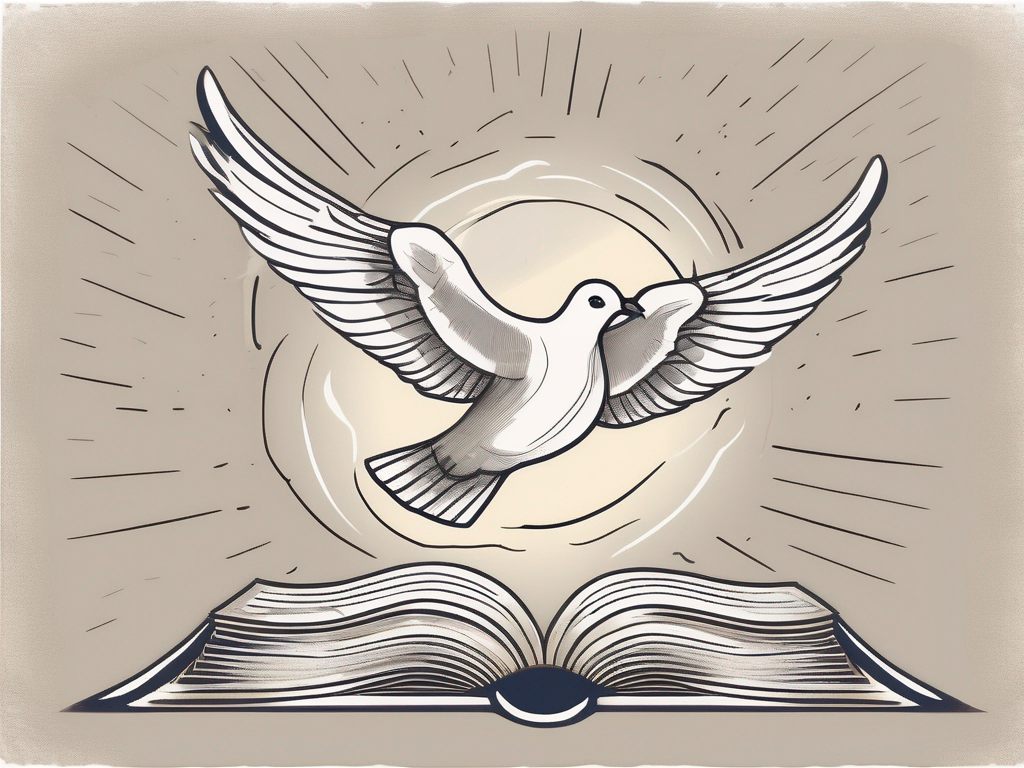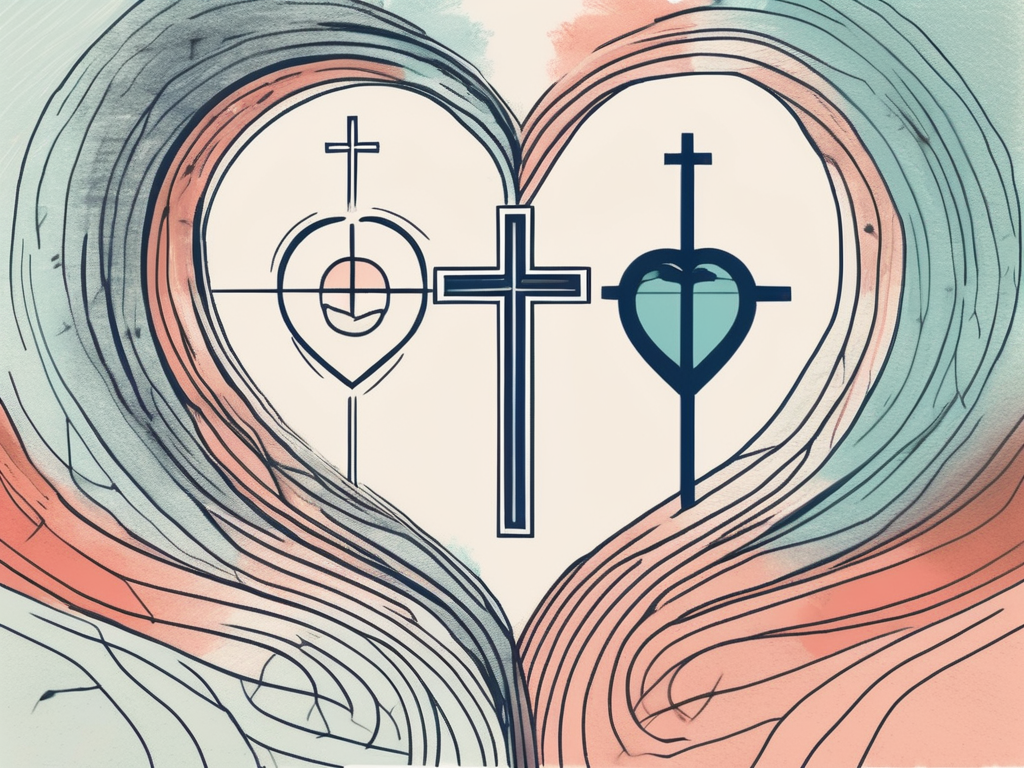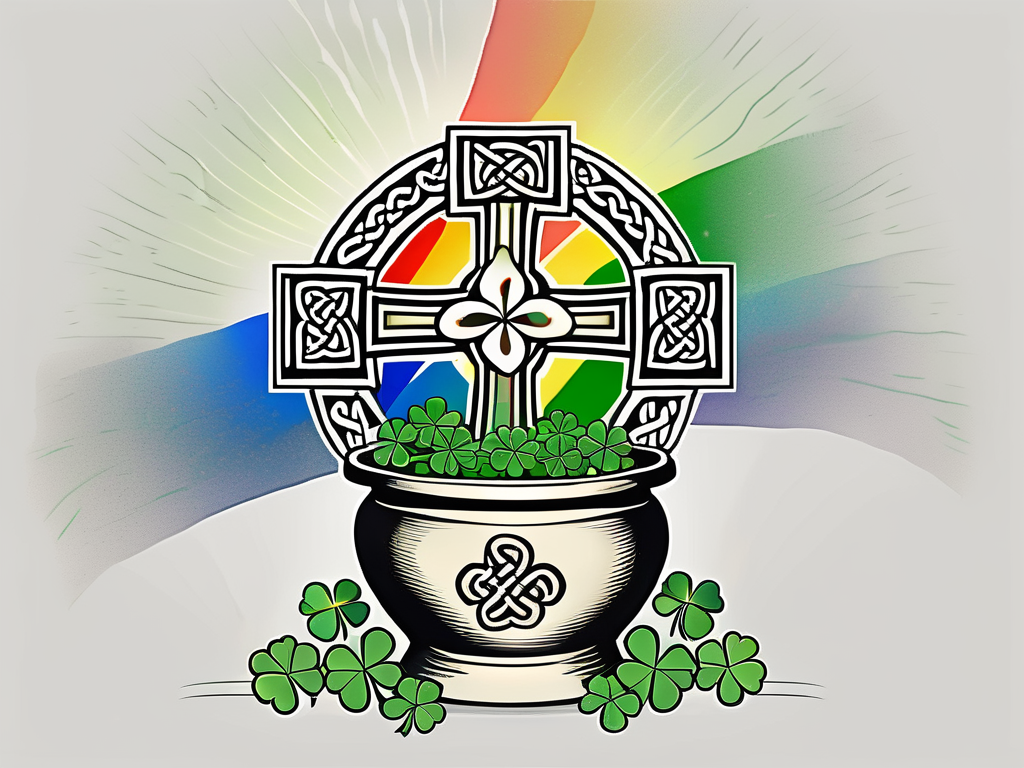When it comes to ancient legends and historical figures, few are as captivating as Saint George. His tale has been woven into the fabric of cultures around the world, capturing the imaginations of both young and old. Join us on a journey as we uncover the rich history and legends surrounding the remarkable Saint George.
The Life of Saint George: A Historical Overview
Before delving into the legends, it is important to understand the historical context of Saint George’s life. Born in the late third century, George grew up in Cappadocia, a region in modern-day Turkey.
As a young man, George embarked on a military career and quickly rose through the ranks. However, it was his unwavering faith that set him apart from his peers.
Early Life and Background
Little is known about George’s early life, but it is believed that he was born into a noble Christian family. He was raised with a strong sense of duty and honor, traits that would shape his future path. As he reached adulthood, George displayed exceptional skills in horsemanship and weaponry.
George’s unwavering faith in Christianity was deeply ingrained in his upbringing. He would often spend hours in prayer and contemplation, seeking guidance from a higher power. This devotion would prove instrumental in his later exploits.
As a young man, George found solace in nature. He would often venture into the surrounding countryside, exploring the lush forests and rolling hills. It was during these solitary moments that he felt a deep connection to the divine, as if the natural world was a reflection of God’s grandeur.
George’s love for nature extended to animals as well. He had a special affinity for horses and spent countless hours tending to them. His gentle touch and calming presence earned him the reputation of a skilled horseman, and he became known for his ability to tame even the wildest of steeds.
Military Career and Martyrdom
George’s military career saw him serving under the Roman Emperor Diocletian. It was during this time that Diocletian launched one of the most brutal persecutions against Christians in history.
Unwilling to renounce his faith, George refused to carry out the Emperor’s orders to persecute Christians. This act of defiance led to his imprisonment and eventual martyrdom. Despite facing torment and torture, George remained steadfast, never wavering in his devotion to his beliefs.
During his time in captivity, George’s faith only grew stronger. He would often comfort his fellow prisoners, offering words of hope and encouragement. His unwavering spirit inspired those around him, giving them the strength to endure their own suffering.
Legend has it that even in the face of death, George remained fearless. When confronted with the choice to renounce his faith or face execution, he chose the latter without hesitation. His unwavering conviction and bravery in the face of adversity made him a symbol of inspiration for generations to come.
George’s martyrdom became a rallying cry for Christians across the Roman Empire. His story spread far and wide, capturing the hearts of believers who saw in him a shining example of faith and courage.
Today, Saint George is revered as a patron saint of soldiers, knights, and the protector of the oppressed. His legacy lives on through the countless churches, statues, and artworks dedicated to his memory.
The Legend of Saint George and the Dragon
One of the most famous legends associated with Saint George is the tale of his battle with a fearsome dragon. This beloved story has fascinated generations and symbolizes the triumph of good over evil.
The origins of the tale of Saint George and the dragon can be traced back to ancient folklore. Throughout the centuries, the details of the story have evolved, but the central theme remains the same.
Origins of the Tale
The legend of Saint George and the dragon has its roots in ancient mythology and folklore. Dragons have long been depicted as powerful and fearsome creatures in various cultures around the world. In many mythologies, dragons are associated with chaos, destruction, and malevolence.
According to popular versions of the story, a fearsome dragon terrorized a kingdom, demanding a sacrifice of young maidens. The dragon’s reign of terror created a sense of fear and despair among the people. The kingdom was in desperate need of a hero, someone who could save them from the clutches of this monstrous creature.
It was during this time of darkness and despair that Saint George, a brave and noble knight, emerged as the kingdom’s beacon of hope. He was known for his unwavering courage, chivalry, and dedication to righteousness. When the princess was chosen to be sacrificed to the dragon, George arrived just in time to save her and confront the mighty beast.
Symbolism and Interpretations
The legend of Saint George and the dragon holds deep symbolic significance. The dragon in the story represents the forces of darkness, chaos, and evil. Its menacing presence embodies the fears and challenges that we face in our lives.
Saint George, on the other hand, represents valor, chivalry, and righteousness. He symbolizes the indomitable human spirit, the unwavering belief in doing what is right, and the courage to confront our fears head-on. His heroic actions inspire us to stand up against injustice and fight for what we believe in.
Throughout history, the story of Saint George and the dragon has been used as a source of inspiration and encouragement. It has served as a reminder that even in our darkest moments, there is always hope. It teaches us that no matter how formidable our challenges may seem, good will ultimately prevail over evil.
Furthermore, the legend has been interpreted as an allegory for the triumph of Christianity over paganism. In some versions of the story, the dragon is seen as a representation of pagan beliefs and practices, while Saint George represents the spread of Christianity and the triumph of faith.
Regardless of the specific interpretations, the legend of Saint George and the dragon continues to captivate audiences of all ages. It reminds us of the power of courage, righteousness, and the eternal struggle between good and evil. This timeless tale serves as a testament to the resilience of the human spirit and the enduring nature of hope.
Saint George in Religion and Iconography
Beyond the legends, Saint George holds a revered position in various religions and is an iconic figure in art and literature.
Saint George in Christianity
In Christianity, Saint George is venerated as a martyr and one of the Fourteen Holy Helpers—a group of saints believed to intercede on behalf of the faithful. His unwavering faith and courage make him a symbol of Christian devotion and righteousness.
Many churches and cathedrals around the world are dedicated to Saint George, serving as a testament to his impact and significance within the Christian faith.
Depictions in Art and Literature
Artists and writers throughout history have been captivated by the story of Saint George. His iconic image, clad in armor and wielding a lance, has become an enduring symbol of gallantry.
From intricate medieval tapestries to epic literary works, such as Edmund Spenser’s “The Faerie Queene,” Saint George’s legend has permeated the creative realms, inspiring countless interpretations and adaptations.
Celebrating Saint George: Festivals and Traditions
Saint George’s impact extends beyond religion and legends. His memory is celebrated through vibrant festivals and cherished traditions.
Saint George’s Day Around the World
Saint George’s Day, also known as George’s Feast Day, is celebrated on April 23rd each year. It is a day of revelry and commemoration in many countries.
In England, the flag of Saint George—a red cross on a white background—is proudly flown, and festivities include parades, reenactments, and traditional Morris dancing. Similar celebrations are held in countries like Greece, Bulgaria, and Catalonia, paying homage to their patron saint.
Rituals and Customs
Various customs and rituals associated with Saint George have been passed down through generations. These traditions range from lighting bonfires and fireworks to the exchange of symbolic red roses.
In some regions, it is believed that walking in the dew on Saint George’s Day brings good luck, while others participate in horseback processions or medieval jousting tournaments. These customs reflect the enduring legacy of Saint George and the continued reverence he inspires.
Saint George: The Patron Saint
Saint George’s reputation as a patron saint extends to numerous countries and cities around the world, each embracing their unique connection to this legendary figure.
Countries and Cities Under His Patronage
England, Georgia, Portugal, and Malta are among the countries that proudly claim Saint George as their patron saint.
In England, Saint George holds the status of the patron saint, further solidifying the deep cultural and historical ties between the nation and this revered figure.
Saint George and the Military
Saint George’s connection to the military is an integral part of his legacy. He is regarded as the patron saint of soldiers, knights, and archers, offering protection and inspiration to those who serve.
Throughout history, military orders and associations, such as the Order of the Garter in England, have revered Saint George, acknowledging his role as a guiding force in times of battle.
Unveiling the Mysteries of Saint George
As we conclude our exploration of the rich history and legends surrounding Saint George, we are left in awe of this remarkable figure.
Whether through his historical feats or the timeless tales of his battles against dragons, Saint George continues to inspire and captivate. His story serves as a reminder of the power of faith, courage, and the enduring triumph of good over evil.
May the legend and legacy of Saint George live on, reminding us to face our own dragons with unwavering determination, knowing that we, too, can emerge victorious.












